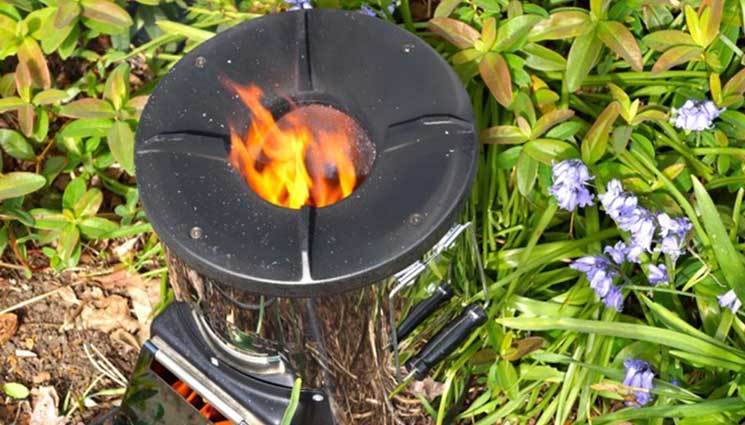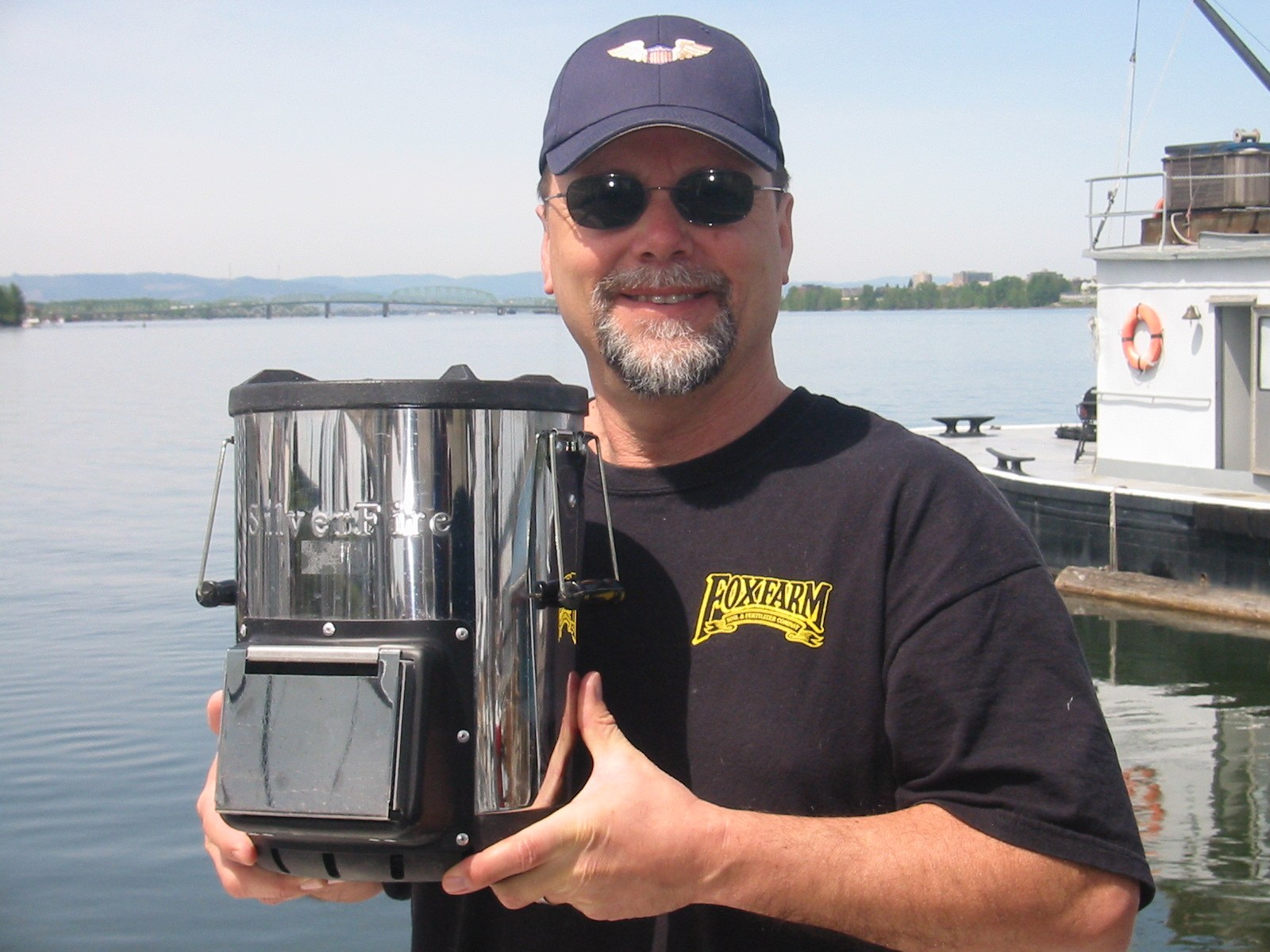
There are hosts of camp stoves in the marketplace today, as I learned when I started to doing my research. Many use liquid or compressed gas fuels, which have the benefit of accurate metering of fuel, and as a result, the heat output of the stove. But they also have the disadvantage of the cost and inconvenience with regard to obtaining fuel, plus the added danger that some of these highly explosive fuels present.
Back in the day, being poorly funded, we either improvised a lot of our camping equipment, or we learned to do without. We may have accidentally been building and using some of the earliest versions of today’s rocket stoves, which were little more than modified Maxwell House coffee cans.
Of course like many outdoors men and women, if we were at our hunting camp and intended to stay for a week or more, we would bring-in a small home-made (welded) steel stove (which was very heavy). If we were hiking or on horses, then that stove stayed home, and we would have to improvise and build something on-site using rocks, trying to incorporate some form of reflector for added warmth.
Coming into camp after hiking for 10 miles with your rifle, sometimes in the cold and rain, we would always be looking-forward to huddling around the warmth of the camp stove or make-shift fire pit and warming-up with some hot coffee and chow. So as we see, a good stove optimally provides some warmth and also cooks your food and heats water for coffee.

When I started my review of the ‘Survivor’ model of SilverFire’s rocket-stove, the first thing that struck me was that it was not all that heavy! Considering how well the stove is built, coupled with the fact that the stove has some form of heat-sink encased between the outer stainless steel housing and the inner liner, it’s amazing that the stove weighs-in at mere 12.5 pounds.
The encased heat-sink is important because it stores and then slowly radiates the heat collected from the fire inside in a measured manner. I also maintains and modulates the thermal updraft inside the stove’s chimney, keeping the fire inside going without the need to have it ‘blazing‘. I also noticed that the stove continued to radiate heat for a considerable period of time even after we allowed the fire to go out.
Since the SilverFire ‘Survivor’ is designed as a bio-mass stove, it will readily burn twigs or ground scrub (flammable organic biomass), making sourcing fuel an easy task in most environments. Even in post disaster areas, there is always an abundance of wood scraps and splinters strewn about, that would provide ideal fuel for this stove in most post-disaster scenarios, where a stove like this would be a real blessing.
We have been shelling walnuts as of late, and walnut shells make good fuel for small fires. Since I had a convenient pile of walnut shells, I decided to give the stove a try with the walnut shells.
I have friends that have used them in their pellet stoves will great success, And by using the walnut shells, you have complete utilization of the harvested nuts. An added benefit is that the charcoal from burned walnut shells can be used medicinally, and if properly processed and packaged in a housing, it can also be used as a charcoal filter for water, but I digress a bit.
The SilverFire ‘Survivor’ is very well made and that’s a fact; it’s solid and sturdy! It will easily endure being packed along a trail in a backpack or on a mule if you’re packing heavy.
The access door on the side of the stove made lighting the stove very easy. We used a small bed of shredded paper fire-starter (dipped with candle wax) and placed a handful of walnut shells on top of that. It lit right-off and once the fire was burning, we simply closed the access door. There is a small vent integrated into the door assembly that allows metered air-flow into the stove.
Because we were using Walnut shells, we could continue to feed the fire by lifting our pot off the top of the stove and then using a large metal spoon to periodically pour-in some added shells from the top. You can also add any bio-mass fuel in this manner (from the top), or alternatively, you can feed the fire from the access door as needed.
We decided to boil a pot of water and time that process. We added about 2 quarts of water to a stainless-steel (copper bottom) pot and waited. The water in the pot reached 212 degrees in approximately 19 minutes, which seemed a reasonable time since we weren’t running a blaze, but instead, a controlled fire.
All things considered, for the price point of about $120.00, the SilverFire ‘Survivor’ is a great compact survival or disaster stove and considering its quality, should last a lifetime!




















